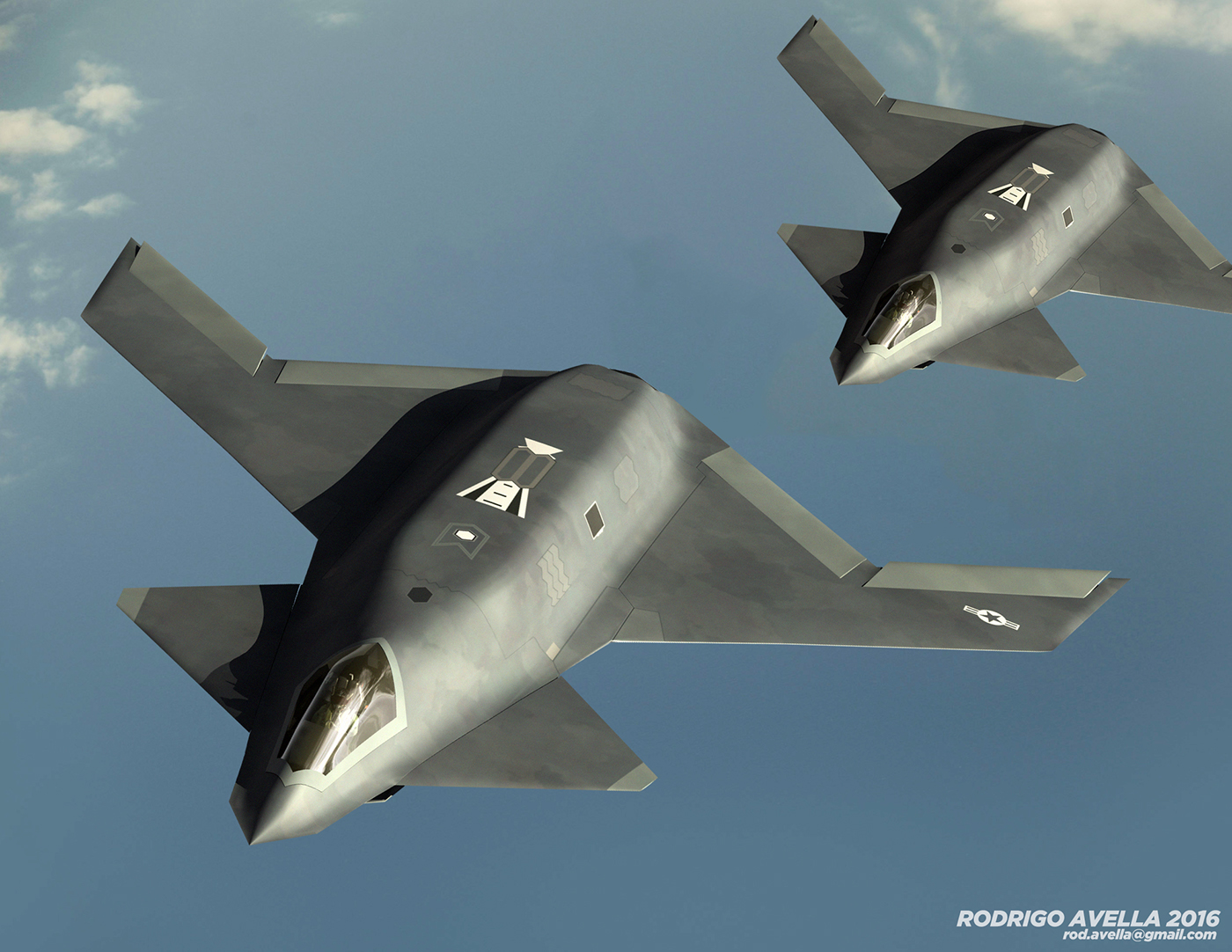SOURCE: AFI


As the Indian Air Force (IAF) navigates a critical fighter jet shortage and the rapid rise of stealth platforms among regional rivals, it must look beyond its current modernization efforts, including the Advanced Medium Combat Aircraft (AMCA). With the Su-30MKI, the backbone of the IAF’s fleet, approaching obsolescence by the 2030s, the time is ripe for the IAF to initiate a sixth-generation fighter program to replace this 30-tonne workhorse. This ambitious platform, envisioned as a 30–35-tonne aircraft surpassing the fifth-generation AMCA, should commence trials by 2040, incorporating cutting-edge technologies to ensure India’s air dominance in an era of unmanned, AI-driven, and hypersonic warfare.
The Su-30MKI, with over 270 units in service, is a versatile 4.5-generation multirole fighter, but its airframe and systems will face limitations against emerging threats by the late 2030s. China’s J-20 stealth fighters, sixth-generation prototypes like the J-36, and Pakistan’s impending acquisition of J-35A stealth jets underscore the need for a next-generation platform. The AMCA, a 25-tonne fifth-generation stealth fighter, is set to enter production by the mid-2030s, but its medium-weight class and focus on stealth may not fully replace the Su-30MKI’s heavy, multirole capabilities, which include long-range strikes, air superiority, and heavy payload delivery.
A sixth-generation Su-30MKI replacement, positioned as a heavier platform at 30–35 tonnes, would complement the AMCA by offering greater range, payload, and technological sophistication. With trials targeted for 2040 and induction by the mid-2040s, this program would ensure the IAF maintains a balanced fleet capable of countering advanced threats in contested environments.
The IAF’s need for a sixth-generation platform is driven by evolving regional dynamics. China’s People’s Liberation Army Air Force (PLAAF) is aggressively pursuing sixth-generation fighters, with prototypes like the J-36 and J-50 expected to enter service by the 2030s. Pakistan’s acquisition of 40–50 J-35A stealth fighters, potentially equipped with advanced Chinese sensors, further complicates India’s air superiority calculus. The May 2025 Indo-Pak conflict highlighted the IAF’s reliance on Su-30MKIs for long-range strikes, but losses to Chinese-supplied HQ-9 air defenses exposed vulnerabilities against modern threats.
A 30–35-tonne sixth-generation fighter would address these challenges by offering:
- Long-Range Strike Capability: With a combat radius exceeding 1,500 km, it could target deep within enemy territory, countering China’s strategic depth and Pakistan’s fortified positions.
- Air Superiority: Advanced sensors and DEWs would ensure dominance against stealth fighters and drones, critical for securing Indian airspace along the Line of Actual Control (LAC) and Line of Control (LoC).
- Force Multiplication: By commanding unmanned platforms like CATS Warrior or the Futuristic Unmanned Fighter Aircraft (FUFA), it would amplify the IAF’s operational reach in high-risk missions.
Developing a sixth-generation fighter is a monumental task, requiring significant investment, technological expertise, and industrial capacity. Key challenges include:
- Engine Development: India’s struggles with the Kaveri engine for FUFA and AMCA highlight the need for a robust propulsion program. A 150–180 kN variable-cycle engine for the Su-30MKI replacement would require international collaboration or a decade-long indigenous effort.
- R&D Funding: The AMCA’s ?15,000 crore allocation for prototypes sets a benchmark, but a sixth-generation program could cost $20–30 billion over 15–20 years. Early funding commitments are essential.
- Technology Integration: AI, DEWs, and adaptive stealth are nascent technologies, requiring sustained R&D and partnerships with private firms like Tata Elxsi, Infosys, and L&T Technology Services, which responded to the AMCA’s EOI.
- Timeline Pressure: Achieving trials by 2040 demands a compressed development cycle, necessitating parallel efforts in design, prototyping, and testing.
NOTE: AFI is a proud outsourced content creator partner of IDRW.ORG. All content created by AFI is the sole property of AFI and is protected by copyright. AFI takes copyright infringement seriously and will pursue all legal options available to protect its content.